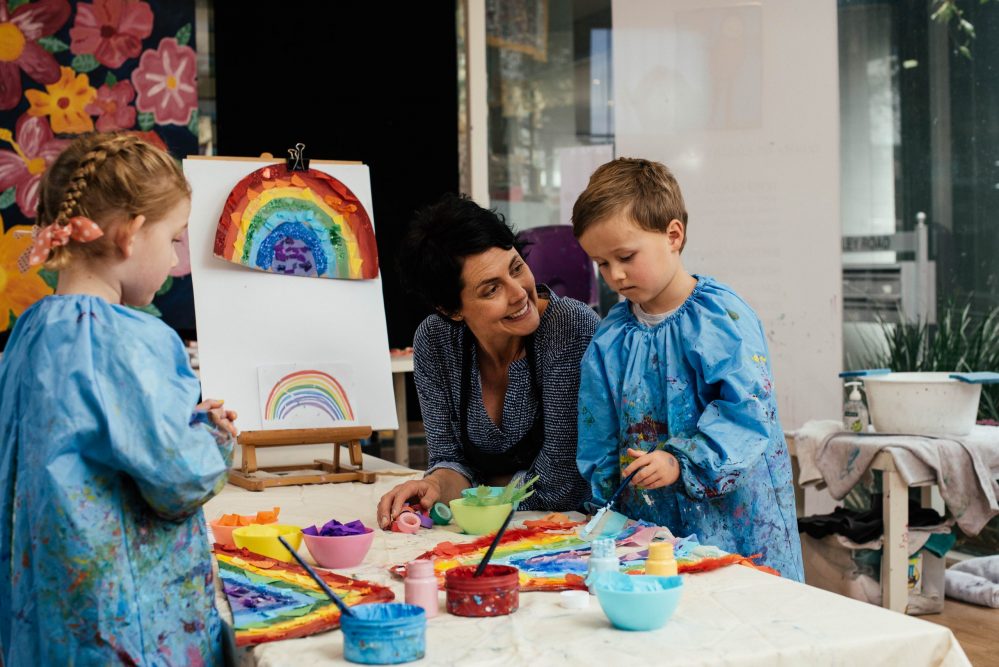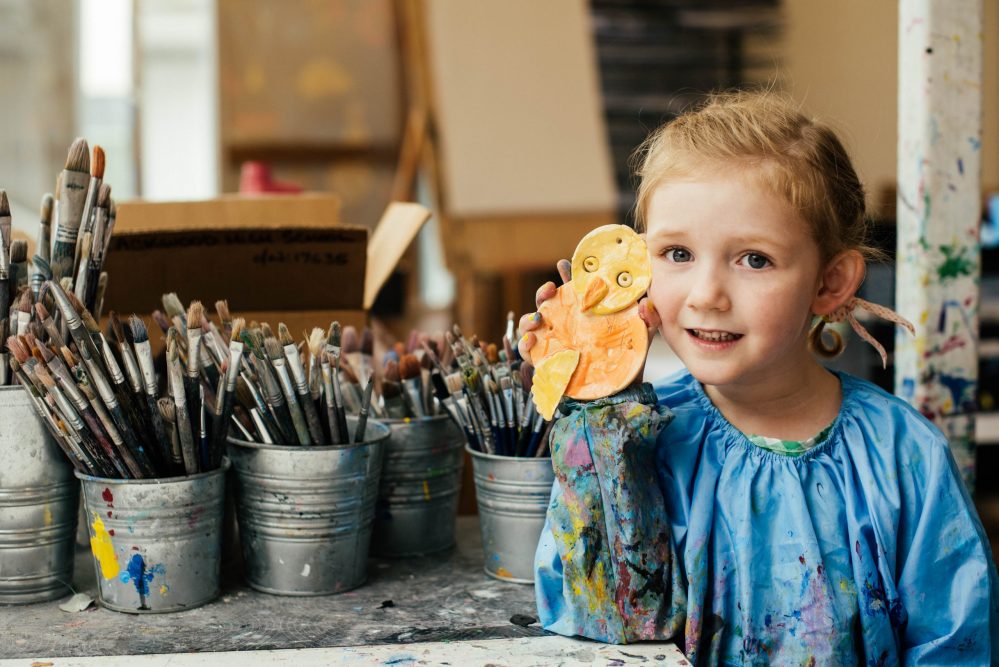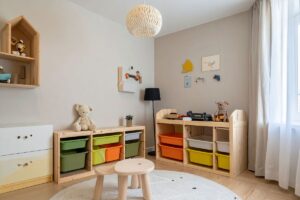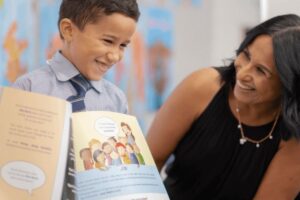WORDS: Janine Boyd, Little Picassos
IMAGES: Meaghan Coles
Children as young as 20 months can assign imaginative meaning to their playful mark making, art is a way to make their ideas, thoughts and imaginations visible.
Encouraging and engaging with children in art is essential in early development, with process art the preferred method for children to explore imaginative creation without direction, no right or wrong, and fun, pure, play. Allowing time as well is really important and the benefits are huge with creative exploration having many positive impacts on the development of your child.

Some benefits of art for children include
- Relaxation: kids learn to focus and can explore feelings at their own pace, without interference
- Communication: art encourages language, as they discuss what they are seeing, feeling, wondering, evaluating
- Imagination: as they imagine and explore ideas, they will focus and concentrate, question and empathise
- Skill: children learn to predict, plan, problem solve as well as all the fine motor skills such as cutting, drawing, painting, printing.
- Children feel a sense of emotional satisfaction when they are involved in making art, whether they are modelling with clay, drawing with crayons, or making a collage from recycled scraps. This satisfaction comes from the control children have over the materials they use and the autonomy they have in the decisions they make.
When creating an artwork, children make decisions and continue to self-evaluate as they go. They decide what they will create, how they will create, mood, colour, form, who or what. As children grow and develop, their art-making activities move beyond exploring with their senses and begin to involve the use of symbols. Drawings move from scribbles to symbols, and all have meaning. Children begin to represent real objects, events, and feelings in their artwork. Drawing, in particular, becomes an activity that allows them to symbolise what they know and feel. It also helps children to make sense of the world, and visually step out what they are experiencing or feeling.

Encouragement is key
- Have a genuine interest in what they are doing, and listen to their meanings
- Provide quality materials that spark joy (rather than cheaper paint colours that always end up icky brown)
- Give them plenty of time, and let them return to works in process, let them decide when an artwork is complete
- Having a permanent space for children to create is also important and can also keep the creative projects in one designated area
- Most importantly, share their delight in discovery, what they have created. This encourages feelings of self-worth and opens up communication channels. Art can be the place where you are able to chat openly together, and as they grow, continue to develop that link together

Allowing art making at home is the first step to developing the whole child through art experiences. Child friendly materials are easily accessible these days, and there are so many how-to inspirations for adults on the internet. Approach with open ended play, provide materials and invitations to play, as well as parental involvement without interference. Let it be a joyful experience!
Little Picassos offer developmental art programs (from age 2) and school holiday workshops that are carefully planned to offer positive experiences and quality materials, in purpose built studios where it is safe and encouraged to get messy and create.






